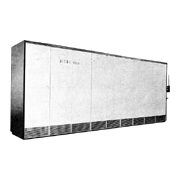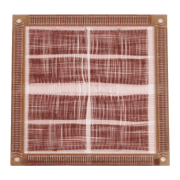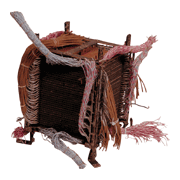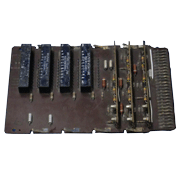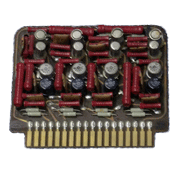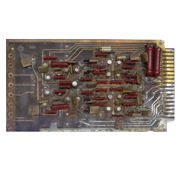This was a large general-purpose electronic computer, developed based on Hitachi's own technology. It was designed and manufactured primarily for calculations relating to science/engineering or scientific management, but it was also appropriate for business calculations.
In April 1960, Kenro Murata and Kisaburo Nakazawa-- the leading designers of TAC, the University of Tokyo's vacuum tube based computer -- joined Hitachi Ltd., and development of the HITAC 5020 began. The instruction system of the HITAC 5020 was based on the "FABM" concept (where F stands for Function, A for A-reg (accumulator), B for B-reg (index register) and M for memory), and the idea was to handle A, B and M in a uniform fashion. That is, the idea was for both the A and B registers to be the same, and for addresses 0-15 to have addresses as memory. Studies began on basic circuits in July 1960, in parallel with system design, and in December, it was decided to use a system with diode logic, emitter/follower and current switching type regenerative amplifiers, and there were good prospects of achieving operation at 18MHz using the dot-mesa type HS-510.
Design began in 1961, and the first prototype was completed in May 1963. After that, channel design and prototyping was done, and in 1964, a prototype of the entire system was finished. In 1965 the #1 machine was delivered to Kyoto University. After that, machines were delivered to Nippon Telephone and Telegraph Public Corporation (currently NTT) and the University of Tokyo, and the event attracted a great deal of attention as the birth of Japan's first domestically produced large computer.


